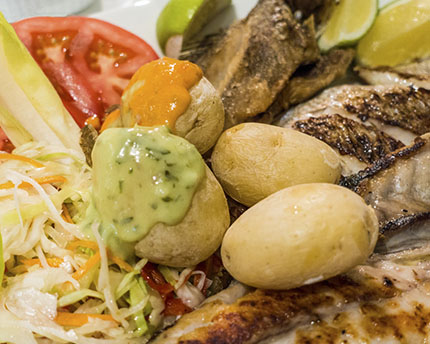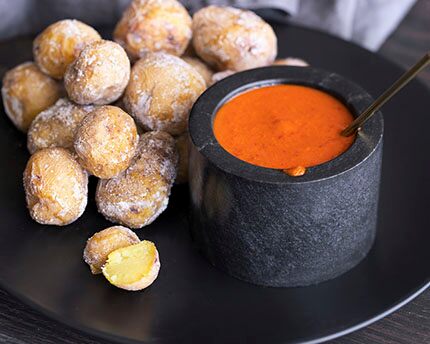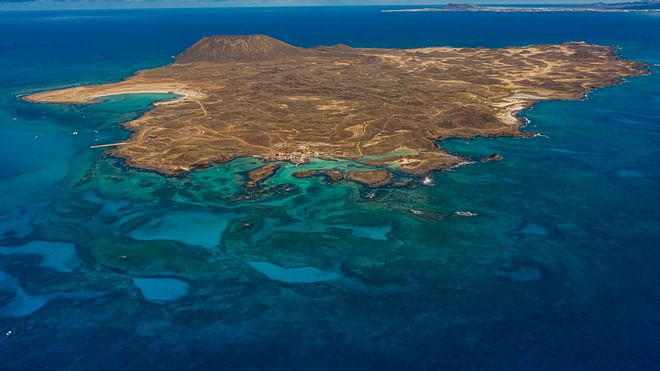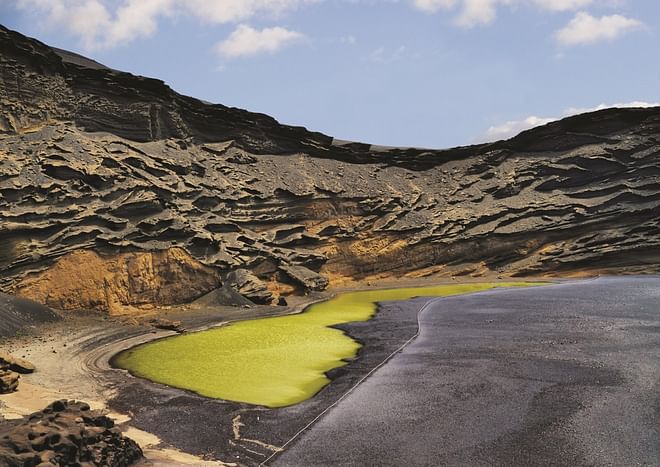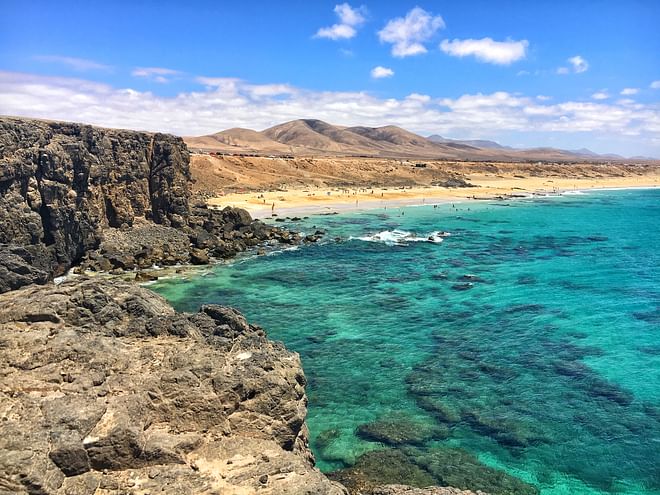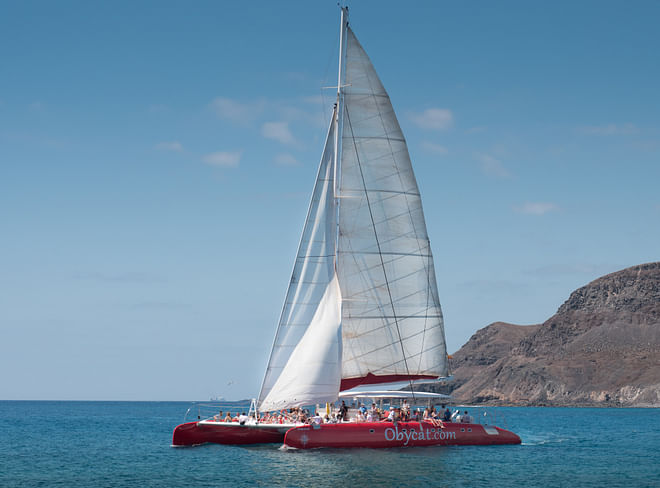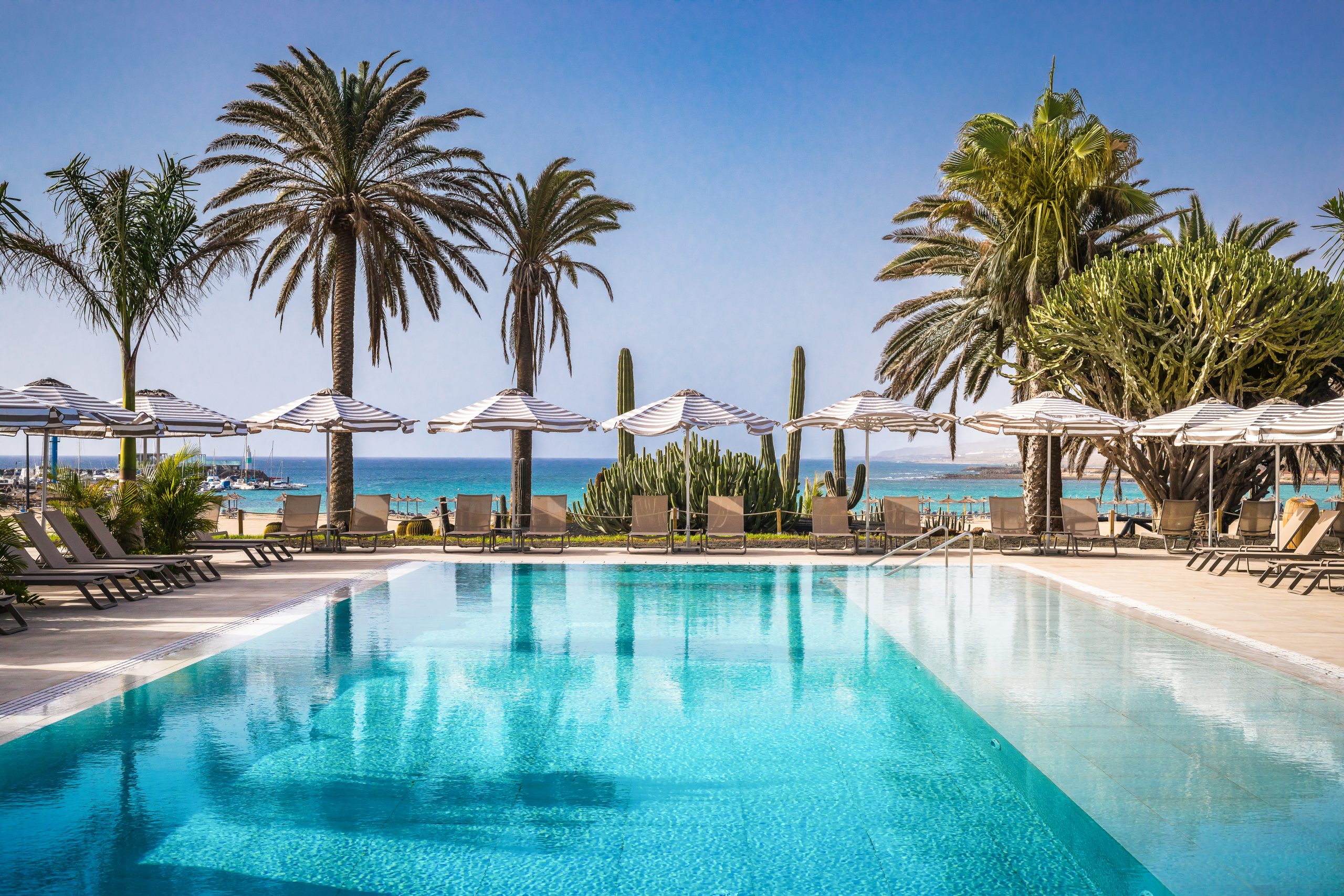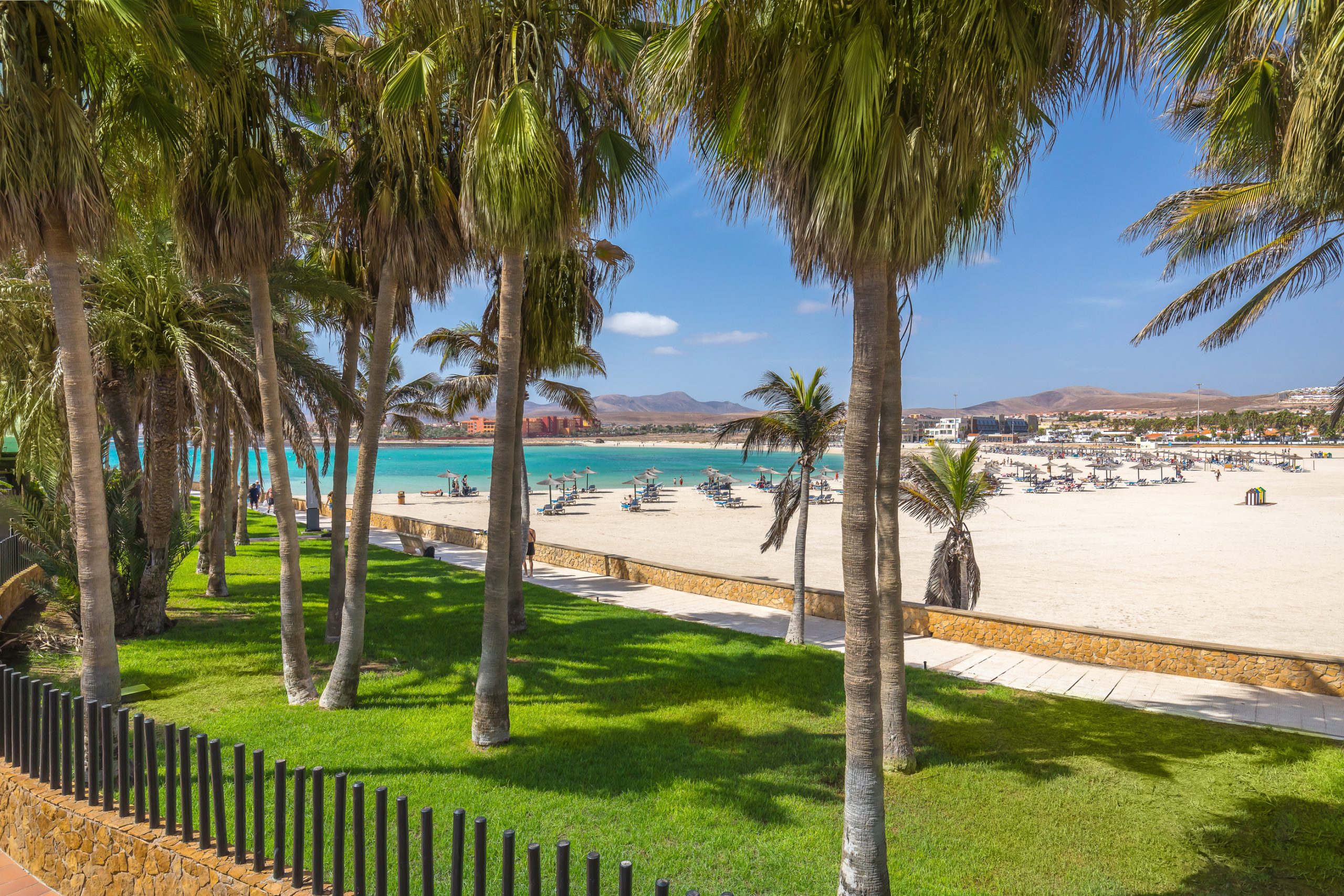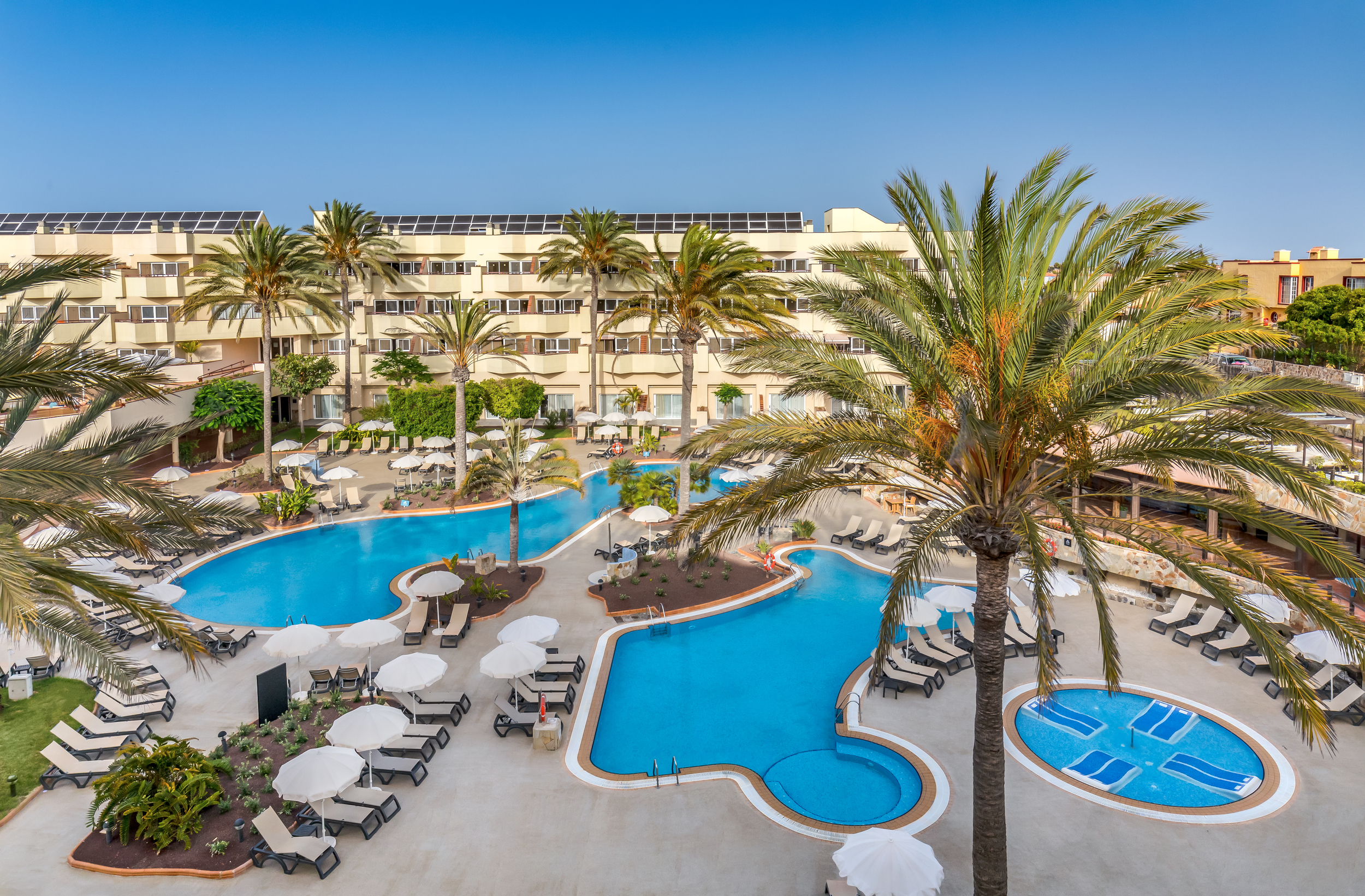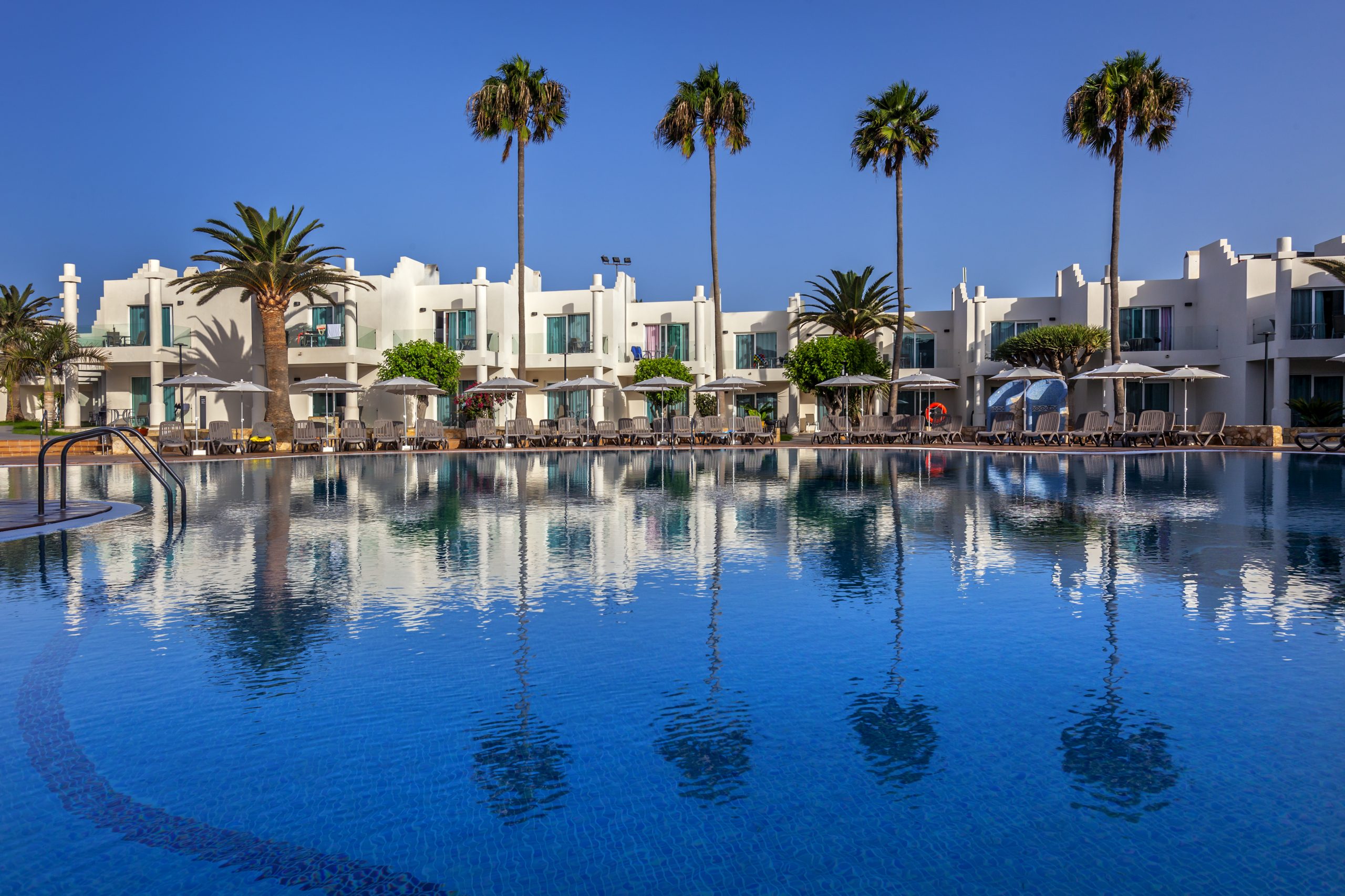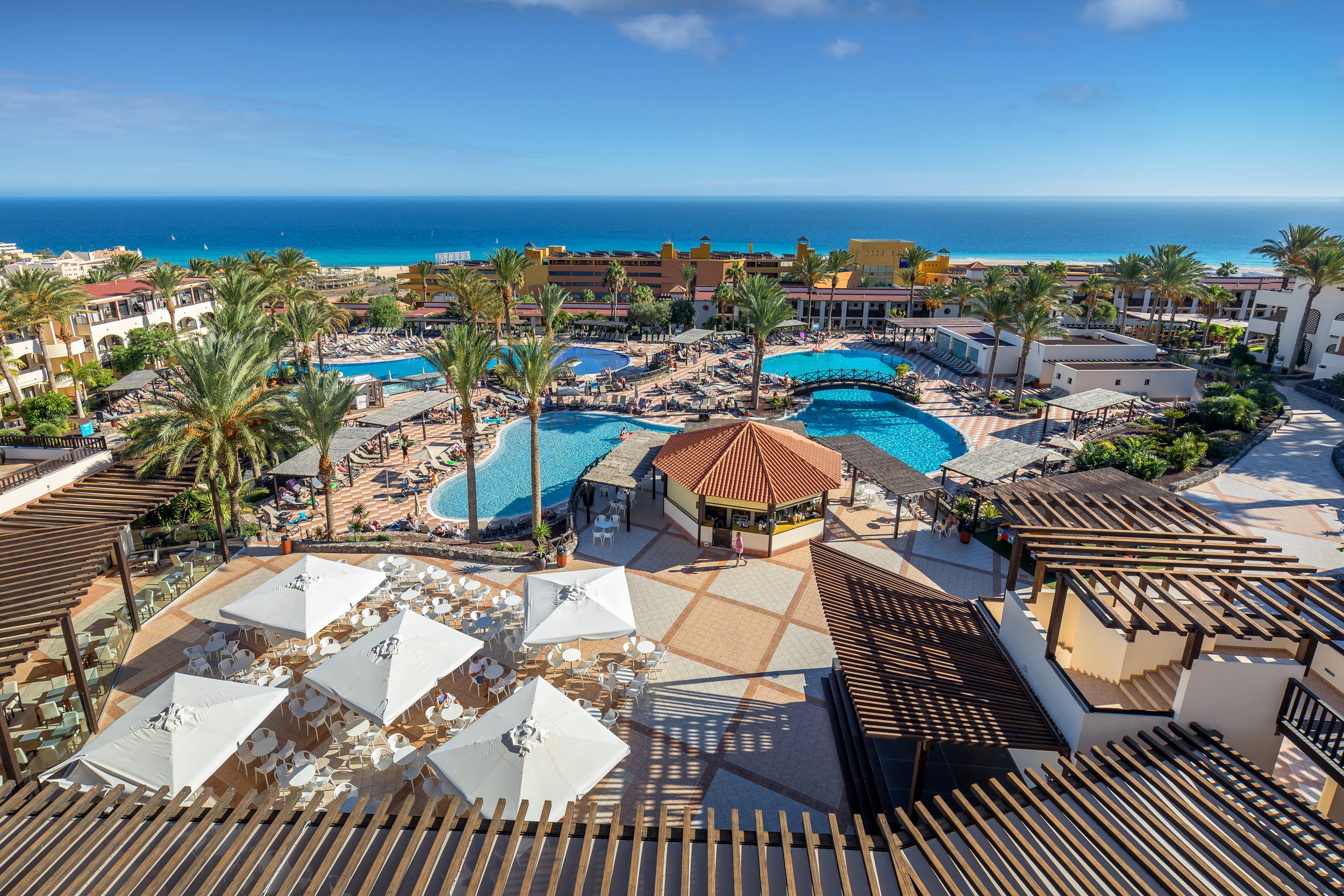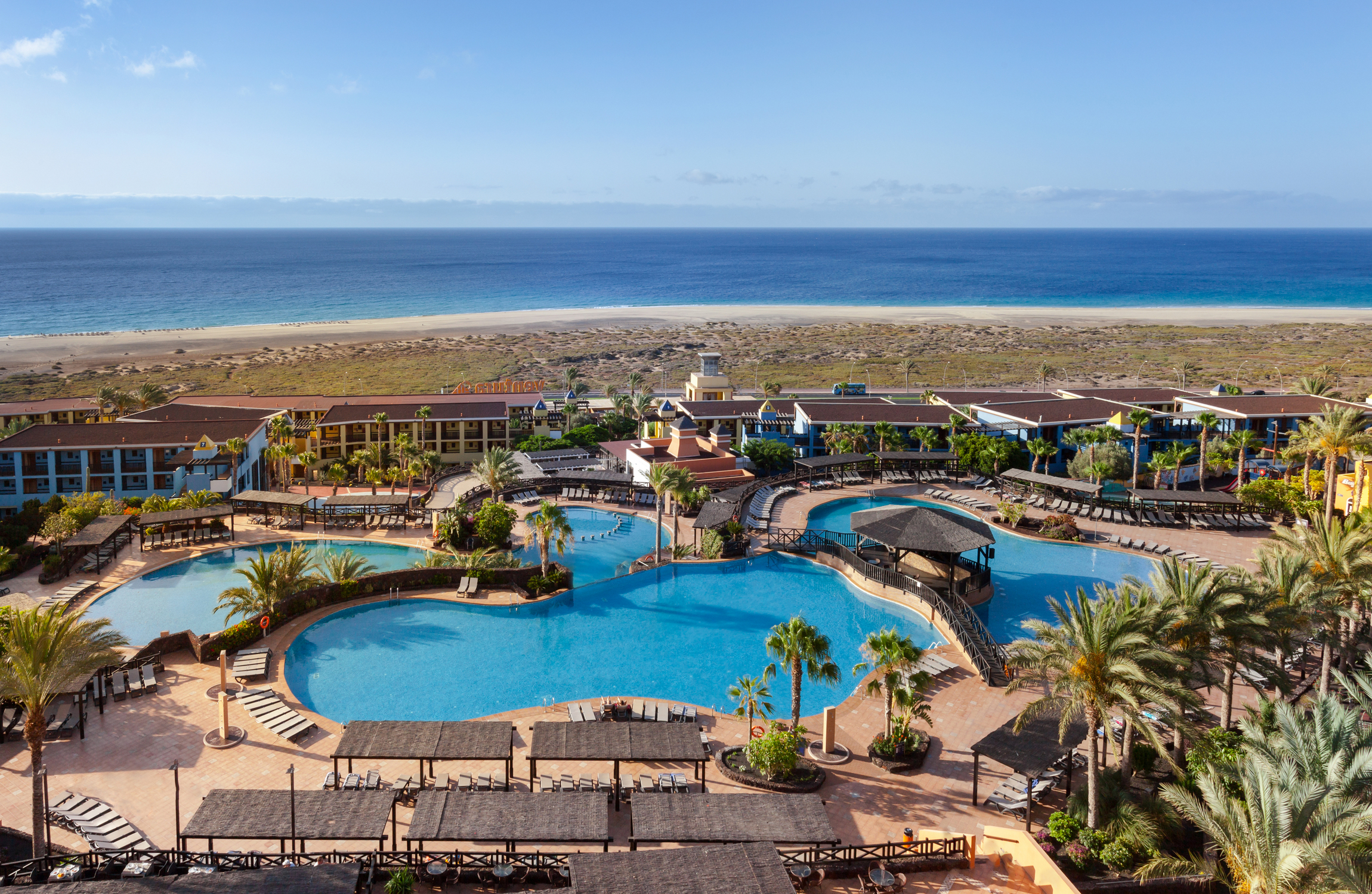Cheese lovers should make it a point to travel to the heart of Fuerteventura to visit the cradle of Majorero cheese, one of the most popular foods in Canary Island cuisine. Made using milk from Majorera goats, it received Protected Designation of Origin in 1996. In 2012, it was rated as one of the best goat’s milk cheeses at the World Championships Cheese Contest, a top industry event held in the United States.
To discover a classic example of Fuerteventura’s traditional foods, we suggest savouring its nuances and learning more about this delicacy.
From goat’s milk to Majorero cheese
The 100 square kilometres that make up Fuerteventura Island are primarily arid and volcanic landscapes, the perfect habitat for raising and feeding Majorera goats. Although this breed can also be found on the other Canary Islands, it is native to Fuerteventura.
With their short hair, large heads, long ears and strong legs, these goats adapt well to the dry terrain and are bred for producing this Canary Island delicacy: Majorero cheese. Their diet consists of endemic plant species, resulting in the milk’s unmistakable flavour: soft and creamy, with an acidic yet spicy touch.
However, its history and production dates back to the Canary Islands’ pre-Hispanic and indigenous civilisation: the Guanche people. During that era, their diet was made up of three foods: gofio (a local grain), Majorera goat meat and the breed’s milk, which was also used to make the cheese.
Majorero Cheese Museum
Located in Antigua, the Majorero Cheese Museum immerses visitors in Fuerteventura’s traditions as it teaches them about this type of food and the island’s cheese-making heritage. The facility has three main areas—the cheese museum, the mills and the garden—that take guests on an exciting journey through the island’s history.
· Fuerteventura Cheese Museum
Explore the exhibition rooms to learn about the island’s volcanic origin, topography, and flora and fauna. Discover the secrets of Majorera goats and the end result of their dairy production: Majorero cheese. Before you leave, be sure to try the cheese and purchase a souvenir from the gift shop.
· The mill
The Antigua windmill was used to grind gofio for nearby residents. Built in the eighteenth century, it was modelled after similar constructions in La Mancha. For many years, Fuerteventura’s mills were a key element of the Majorero landscape, with as many as 1,000 mills throughout the island. This structure forms part of the Majorero Cheese Museum, so don’t miss the chance to visit the interior, which houses the original machinery that is sometimes run like in the old days, offering guests a unique experience.
· The garden
The Majorero Cheese Museum is housed in an open-air space with countless possibilities. A stroll through the garden invites you to discover new species of one of its most famous plants: the cactus. Be sure to check out the cardón de Jandía (Euphorbia handiensis), a cactus that can only be found in Fuerteventura, along with other traditional species that grow in the archipelago, such as the golden barrel cactus, the Canary Island spurge and the Canary Island dragon tree.
Fuerteventura cheese. Production process
Staying true to local artisanal traditions, Majorero cheese is made in the six municipal districts that comprise Fuerteventura: La Oliva, Puerto del Rosario, Antigua, Betancuria, Pájara and Tuineje. Each region incorporates the most characteristic element of that area. Although the artisanal techniques have remained the same, they integrate new production technologies and quality standards:
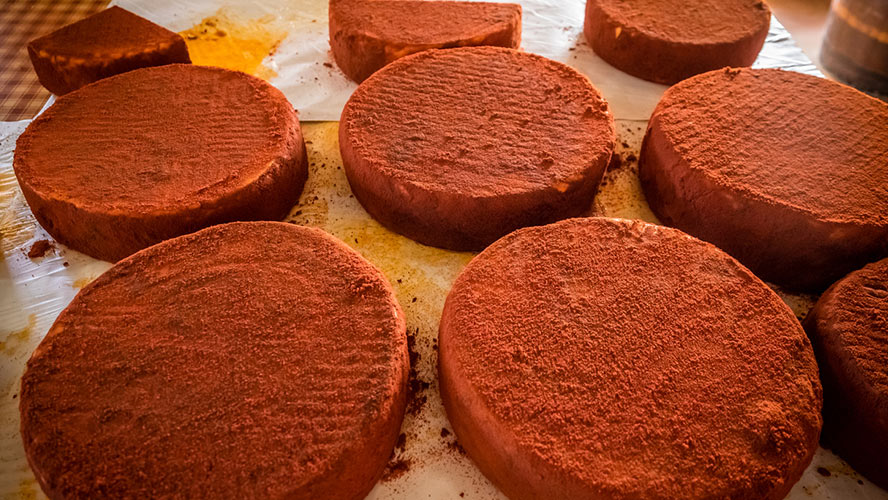
- Milking and filtering. Majorera goats can be milked manually or mechanically, but it should always be done under optimal sanitary conditions for the well-being of the animal and of the finished product.
- Curd. A curdling agent is added for the milk to transform from a liquid to a solid state. The process lasts approximately one hour and is done at a temperature of between 28 and 30 °C.
- Cutting the curd. To achieve the desired particle size, the curd is cut numerous times, depending on whether the goal is a soft or an aged cheese. At this point, a press can also be used to remove excess moisture. This process is known as draining the curd.
- Shaping. The plastic or metal moulds into which the resulting paste is poured feature palm tree leaves to reproduce this characteristic theme of Majorero cheese that has remained in place since ancient times.
- Salting and ageing the pieces. Sea salt (moist or dry) is used in the step prior to maturation. The pieces then remain in a room for several days, depending on the ripening process.
- Flavouring. As the cheese ages, it is also flavoured to create its special characteristics. This can be done with paprika, gofio, pepper, olive oil, etc., depending on the region and producers.
Where to buy Majorero cheese?
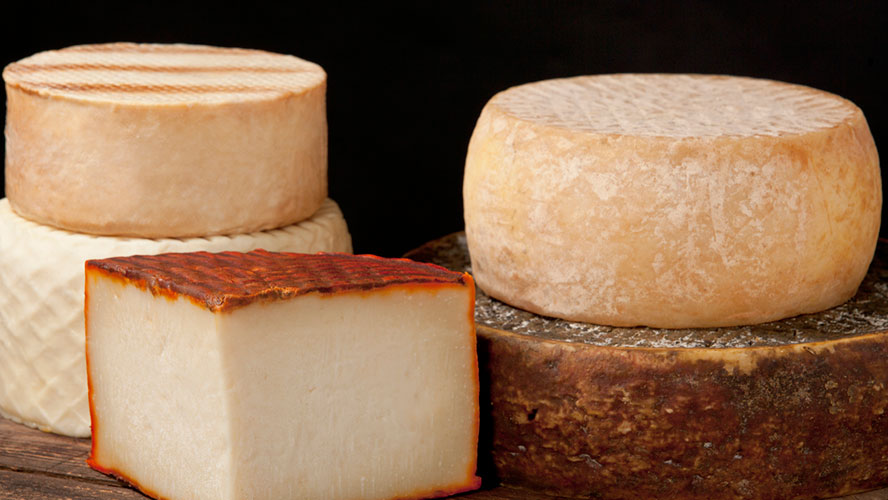
There are more than 20 registered Majorero cheese producers across the island and its six municipal districts from which to purchase this delicious culinary treat. Quesos de Tetir, Quesos Artesanos “La Vista” and Quesos Majoreros Julián Díaz are some of the family-owned businesses that make Majorero cheese using traditional methods and solely milk from their goats. They can be found at a number of points of sale throughout the island.
However, a famous producer that stands out is Grupo Ganaderos de Fuerteventura. Be sure to visit its facilities to try one of the most acclaimed cheeses in the world: its Maxorata Majorero cheese.




































































